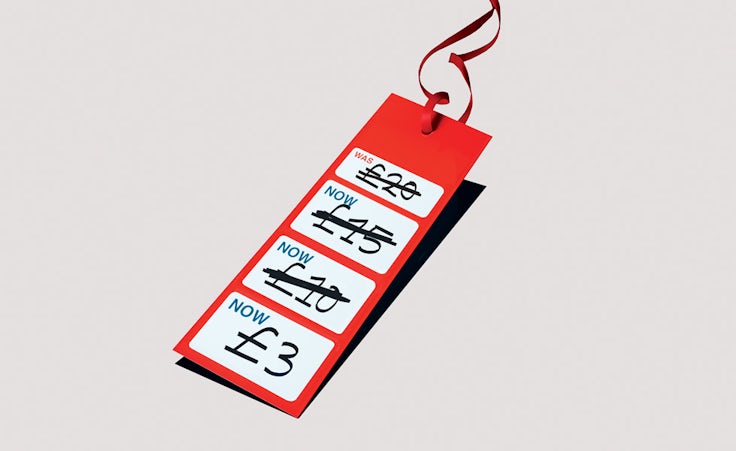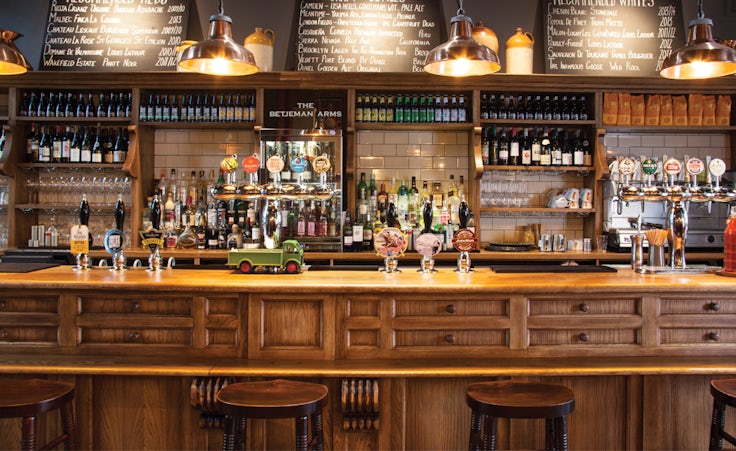Promotions lose lustre as consumers grow weary
Promotions are struggling to prove their worth as consumers turn their backs on them and increasingly opt for convenience shopping, yet the one tactic retaining its appeal – loyalty cards – is the one most maligned by brands.
Promotional tactics of all kinds are coming under sustained pressure to remain effective, according to new research. The number of consumers claiming to have used different types of promotions during the past 12 months has fallen across the board.
The 2015 Marketing Gap report by research company fast.MAP finds that reward and loyalty schemes are the most popular mechanic for consumers to access offers from brands, followed by discounts and printed coupons. However, use of all three has fallen over the past four years, as it has across 11 other promotional tactics named in the survey of 1,028 consumers.
Digital promotion channels are the worst sufferers, as the number of people shopping with coupons printed from the internet has fallen by nearly half since 2012, from 49% to 27% in 2015. Mobile coupons remain the least used, with only 8% using one in the past year.
The long-term decline in people using promotions has not been steady, however, with many of the named promotional methods experiencing an upturn in usage between 2011 and 2013, only to fall back in the past two years.
Only 16% of consumers say they have not used a promotion of any kind this year, but that has doubled from a low of 8% in 2012.
“It is reasonable to assume the trend towards shopping for small quantities of goods in local stores instead of a large weekly supermarket shop has resulted in fewer people using all types of promotion during the year,” says David Cole, managing director at fast.MAP.
“It has almost certainly contributed to the year-on-year decline. Also, it is becoming increasingly difficult to engage consumers’ interest across all media channels. For years, marketers have taken people’s passive acceptance of marketing contact for granted, but increased awareness of privacy issues and tightening of legislation on companies’ obligation to seek consent has alerted people to their rights.”

It is clear too that brands using promotions to entice customers into switching from competitors must work harder now than in the past to make them compelling. In 2013, a buy-one-get-one-free (BOGOF) offer would have persuaded 85% of consumers to opt for an alternative brand, but only 76% say the same in 2015.
Although this is a large majority, the implication is that marketers cannot depend on using the same promotional tactics to drive revenue growth year after year, since consumers’ current attitudes indicate these would deliver diminishing returns.
However, as a general rule, BOGOF is the most attractive offer for consumers in terms of brand switching, followed by price reductions. Just over a third are tempted by the prospect of a free prize draw or competition, down from around 40% two years ago.
“With regard to the popularity of brand-swapping incentives, the only device to have increased in popularity since last year is the less-than-10% price cut (35% would switch for this, up by 2 percentage points). But it is still outperformed by the more-than-10% price cut (74%, down 3 percentage points),” says Cole.
Broken down by industry sector, there is a large disparity in the performance of promotional mailings, with two clear losers in 2015. Supermarkets and household goods brands (including clothing) have seen the biggest year-on-year drops in the number of people who say they would open direct mail as soon as it arrives.
However, supermarkets still lead all other categories by a substantial margin, and the percentage immediately opening mail from these brands has risen since 2011: from 28% to 45% last year, falling back to 37% this year. The trend indicates that the grocery price war has had a significant affect, with consumers expecting mailings to contain valuable offers. Lower profits may have prompted supermarkets to scale offers back in the past 12 months.
Other sectors have seen a more consistent downward trend in the effectiveness of their direct mail: 33% said they would open a mail order catalogue in 2011 as soon as it arrived, which has fallen to 14% in 2015; while only 5% are quick to open mail from a loans company today, down from 16% four years ago.
Usage and effectiveness of rewards and loyalty schemes has remained relatively stable, however. Despite this, Tesco slashed the value of points shoppers can earn on its Clubcard this month, following a similar move by Sainsbury’s last year.
The fast.MAP results show there could be more candidates for the chop among brands’ other promotional marketing.







